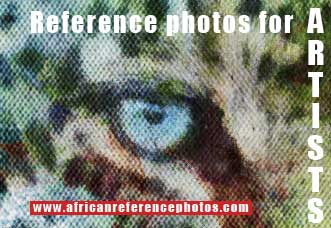Contact Details: Scotch Macaskill, Dirt Road Traders, Currys Post Road, Howick, KwaZulu-Natal, South Africa. Tel: +27 (0)82 578 2329. Privacy: Your privacy is guaranteed. See our Privacy Policy for more. This site accepts advertising and other forms of compensation - see Disclosure and Advertising for details. Site updated: 2022. Copyright © 2002 - 2022 Scotch Macaskill

| |||||||||||||||||||||||||||
| |||||||||||||||||||||||||||
|
ALL GALLERIES:
|
Monkey Pictures - Pg 2In this gallery you'll see exclusively images of Vervet Monkeys (Cercopithecus aethiops), which is the common monkey of the African savanna, found from Senegal in the north west, right down to the southern tip of the continent. The Vervet is one of the few African primates to have escaped the equatorial rain forests and come down from the trees. It has instead adapted to all wooded habitats outside of the rain forests and, although it no longer lives in the trees, it never ventures too far from the safety of wooded areas. Vervet monkeys also depend on trees as their main source of food. So they will climb trees to pick fruit, seeds, pods, and buds, while also foraging on the ground under trees, looking for the fallen fruit and pods.
Permitted Uses: See Terms of Use. | ||||||||||||||||||||||||||
|
|
|||||||||||||||||||||||||||















